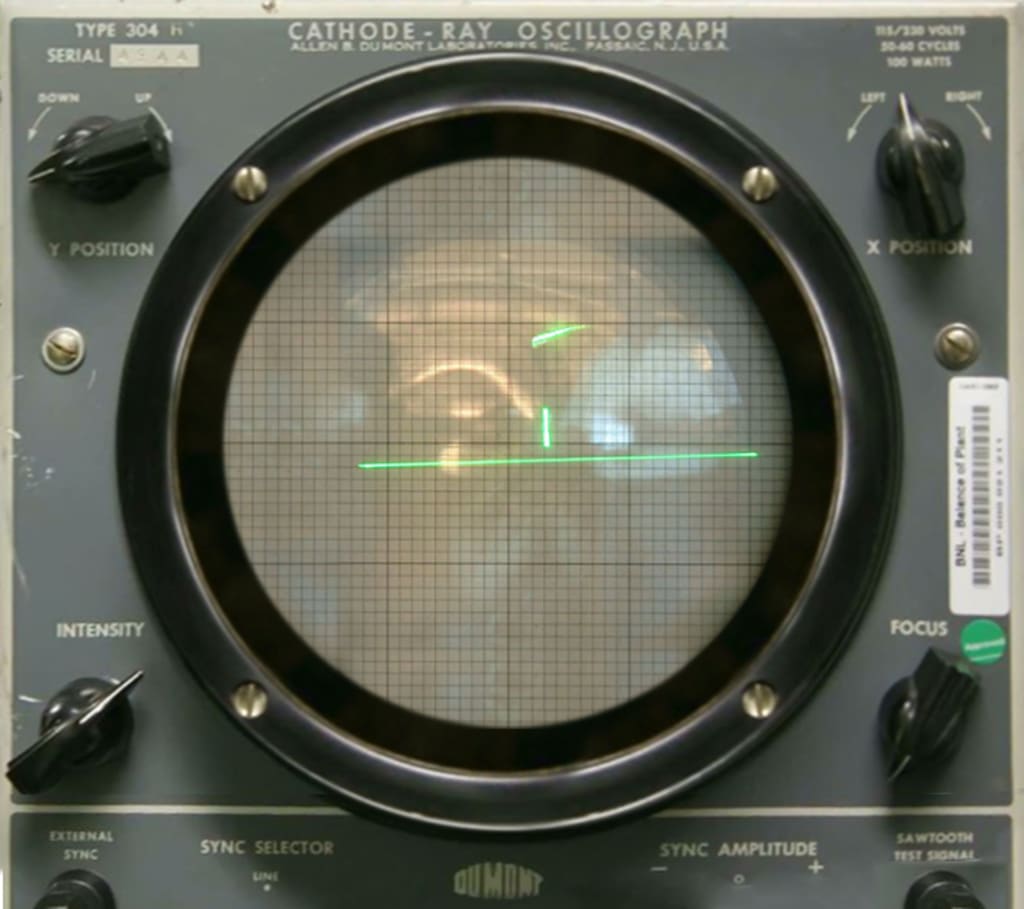
The history of video games dates back to the early 1950s when computer scientists began designing simple games and simulations as part of their research. However, the first video game is often attributed to a game called "Tennis for Two," which was created by physicist William Hi gin bot ham in 1958. This game was developed on an oscilloscope, a device used for displaying electrical signals, and involved players using knobs to simulate hitting a ball back and forth over a net.
Following the success of "Tennis for Two," the first commercially successful video game, "Space war!," was developed by computer scientists at MIT in 1962. This game was also played on a computer, and involved players controlling spaceships and trying to destroy each other while avoiding obstacles such as planets and black holes.
In the decades that followed, video games continued to evolve and become increasingly popular, with the introduction of arcade games in the 1970s and home gaming consoles in the 1980s Today, video games are a multi billion-dollar industry and continue to be a popular form of entertainment around the world.
Video games have come a long way since the early days of "Tennis for Two" and "Spacewar!." Today, they are a ubiquitous form of entertainment enjoyed by people of all ages around the world. In this article, we will explore the rich history of video games, from their humble beginnings to the modern era of immersive, high-tech gaming experiences.
The Early Days of Video Games
The origins of video games can be traced back to the early days of computing, when computer scientists were experimenting with ways to use computers for entertainment purposes. In the late 1940s and early 1950s, a number of computer scientists began designing simple games and simulations as part of their research.
One of the earliest examples of a computer game was a tic-tac-toe program developed by British computer scientist A.S. Douglas in 1952. This program was not designed for commercial use, but rather as a way for Douglas to test the capabilities of his computer.
In the United States, one of the earliest computer games was a program called "OXO" (also known as "Noughts and Crosses") developed by computer scientist Alexander Douglas at the University of Cambridge in 1952. This game was played on a cathode-ray tube display and allowed players to play tic-tac-toe against the computer.
However, the first video game that is often credited as such was "Tennis for Two," developed by physicist William Higinbotham in 1958. This game was developed for display at the Brookhaven National Laboratory's annual open house, and involved players using knobs to simulate hitting a ball back and forth over a net on an oscilloscope.
The Birth of Commercial Video Games
While early video games like "Tennis for Two" and "Spacewar!" were developed primarily for research and academic purposes, it wasn't long before enterprising developers began to see the potential for commercial video games.
In 1971, the first coin-operated arcade game was introduced by Nutting Associates. The game, called "Computer Space," was based on "Spacewar!" and allowed players to control a spaceship and shoot at enemy spaceships while avoiding obstacles.
The following year, Atari released "Pong," which is widely regarded as the first commercially successful video game. "Pong" was a simple game that simulated table tennis, and players used knobs to control the paddles on the screen.
Over the next several years, a number of other companies entered the arcade game market, introducing games such as "Space Invaders," "Pac-Man," and "Donkey Kong." These games were hugely popular and helped to establish video games as a legitimate form of entertainment.
The Rise of Home Video Game Consoles
While arcade games were hugely popular in the 1970s and 1980s, they were expensive and not accessible to everyone. It wasn't until the introduction of home video game consoles that video games truly became a mainstream form of entertainment.
The first home video game console was the Magnavox Odyssey, which was released in 1972. The Odyssey allowed players to play a number of different games, including a version of "Pong."
However, it was the release of the Atari 2600 in 1977 that really brought video games into people's homes. The Atari 2600 was a home video game console that allowed players to play a wide variety of games, including popular arcade games like "Space Invaders" and "Pac-Man."
The success of the Atari 2600 spurred other companies to enter the home console market, including Nintendo, Sega, and Sony. These companies released a number of popular consoles over the years, including the Nintendo Entertainment System (NES), the Sega Genesis, and the Sony PlayStation.
The Evolution of Video Game Technology






Comments
There are no comments for this story
Be the first to respond and start the conversation.